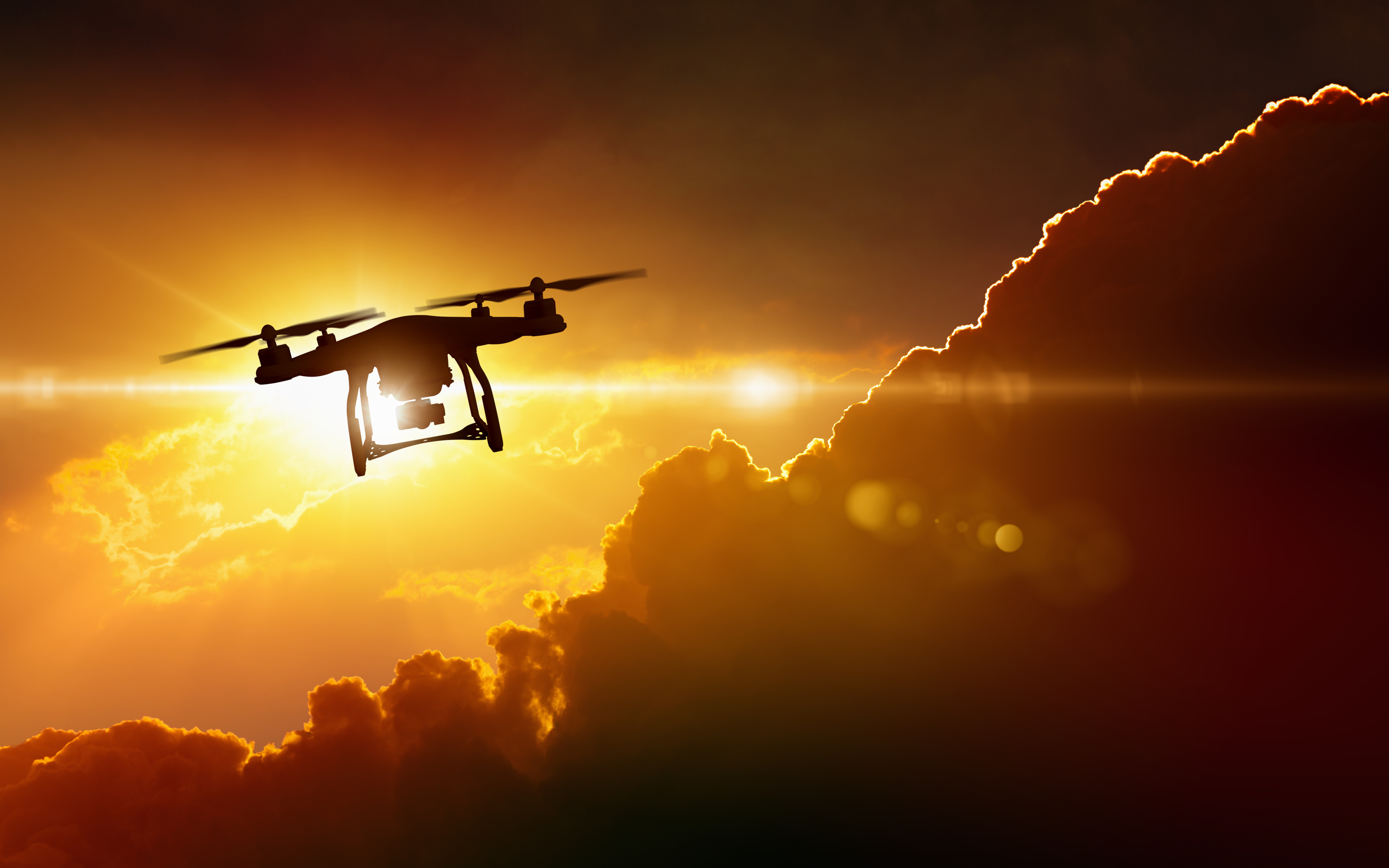A novel design that provides significantly improved thrust performance over existing rotary ionic engines using similar propellers.
Corona wind, also known as ionic or electric wind, is the airflow induced by electrostatic forces arising at the tips of some sharp conductors. Pin tips and sharp metal edges produce local electrical discharges when high voltage is applied above the corona threshold. The ions emitted in the vicinity of the pin emitter electrodes are accelerated towards the collector counter electrode. The ions collide with the adjacent neutral molecules, transmitting almost all momentum and energy captured from the electric field. An overall air movement from the sharp electrode to the relatively flat electrode results. Recent advances prove that applications for in-atmosphere propulsion based on the corona wind, such as a rotary ionic engine (RIE), may be possible.
This technology is a thrust-efficient RIE that incorporates plastic propellers, pin electrodes, and a significantly more efficient counter-electrode design than previous RIEs. The novel ground counter-electrode has a toroidal shape, and the ionic propeller is coaxially mounted above the toroid. This design can generate axial thrust much greater than designs based on cylindrical grounds and similar size ionic propellers, while operating at similar currents. In addition, the ions can be accelerated along the axis of rotation to much higher voltages. The propeller also collects additional thrust due to the ionic wind-induced propeller rotation. The electric field projection in the rotational plane of the propeller (orthogonal to the rotational axis) also accelerates emitted ions produces to torque and rotates the propeller, which further creates additional conventional thrust.

• Much higher thrust efficiency while operating at the same current.
• Ions can be accelerated to much larger voltages.
• Much larger axial thrust can be generated.
• Improved stability and control characteristics versus existing designs.
• Low noise level when compared to regular drones.
• Atmospheric propulsion for flight operation on the surfaces of other planets.
• Terrestrial drone applications operating in regular atmospheric air and also in oxygen-free environment.
Patent application filed
TRL 3 - Experimental proof of concept
This technology is available for licensing.
This technology would be of interest to anyone involved in research involving RIE and drones based on electrohydrodynamic (EHD) flow, including:
• NASA.
• Space agencies for non-U.S. countries.
• Aerospace companies.
• Universities and other institutions conducting research into EHD flight.